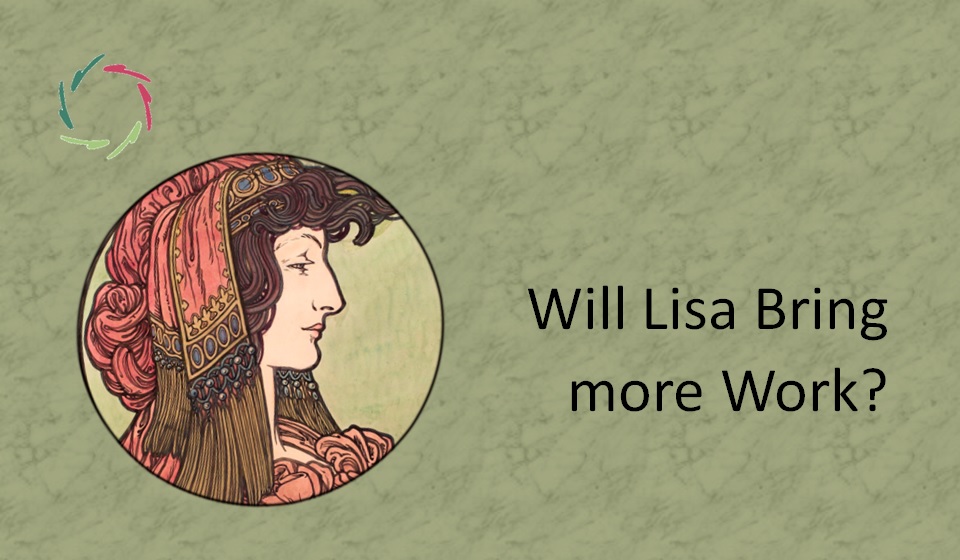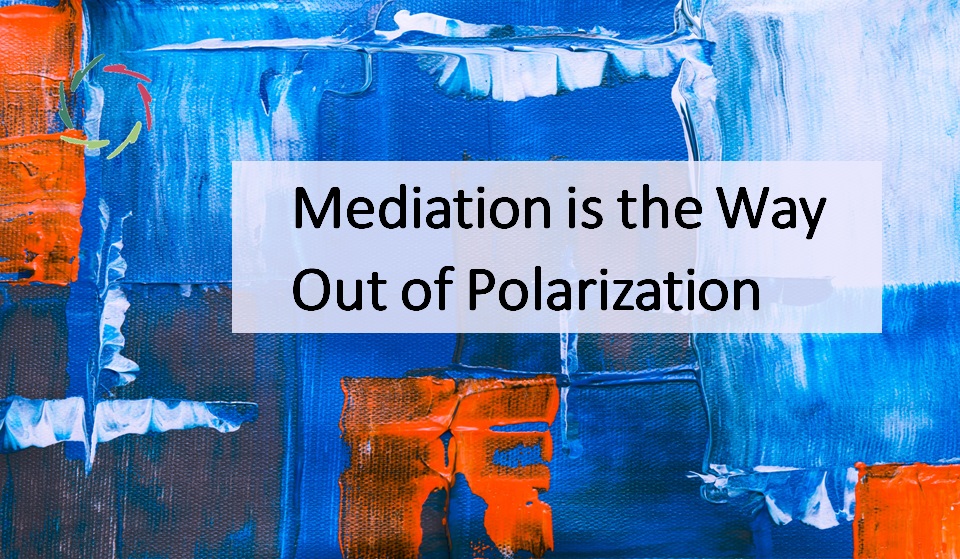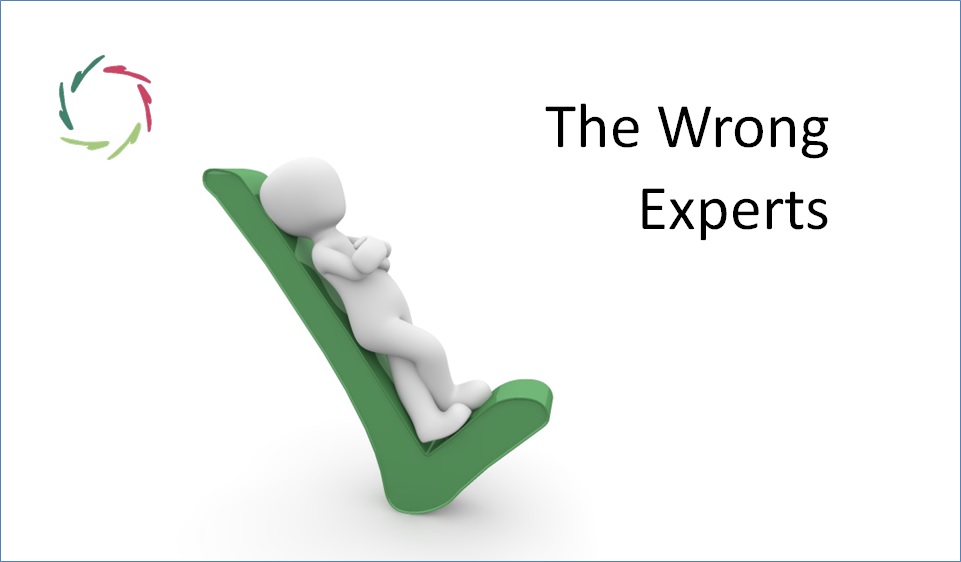The Source of Discrimination

Whether the discrimination is oriented towards another gender, race, handicap, religious orientation, mental disease, or simply people with a different attitude, it always starts with the discrimination of one’s deeper self.
The desire to be on the right side
This may be the deepest layer, and it is a positive layer. It is the desire that each human being has to ‘be on the right side.’
A newborn baby looks at mum and dad and wants to be a ‘good baby.’ Of course, it’s a question of survival. No milk, no life. Apart from that, it’s also a question of symbiosis, of proto-empathy, being together as one. In the mind of the baby, there is no distinction between baby and parent. There is only one. Being on the right side comes automatically.
This is Eden.
Then comes a step-by-step separation.
The baby, the child, actually the human being always keeps yearning for a state of oneness and being on the right side. This is the side of happiness, of Eden.
But of course, that person grows and changes, also deep inside. Within this change, being on the right side becomes gradually less guaranteed. The upgrowing child learns to know himself and his differences to the norm. Gradually, there is a growing differentiation between what should be and one’s inner reality.
Gradually, the anxiety to not be on the right side grows.
This engenders discrimination.
The discriminated person gets the role of being what the discriminating person does not want to be. The discriminated is not on the right side. Therefore, the discriminating person is – or at least he thinks to be – on that right side. He dearly wants to be so, being ‘one of us’ versus ‘them.’
In this scheme, ‘them’ symbolizes what one feels inside and does not want to feel inside. He may even abhor feeling it inside. Symbolically, this makes him loathe what he sees outside.
Discrimination becomes much more understandable:
The discriminated person is foremost the discriminating one himself.
That is why I want to keep the concept of guilt completely outside of this ‘second kind of racism.’ [see: “Two Racisms“] There is only responsibility. [see: “Always Responsible, Never Guilty“]
You can see it’s problematic to try to coerce someone out of his discriminative mindset. This mindset can go very deep. Mentioning Eden is no exaggeration. That’s how deep it can be anchored inside.
One can only grow out of it.
Not evident at all! I guess the right kind of coaching is the only positive approach.
What is not the right way: pointing someone out as a villain if he discriminates, imprisoning someone, coaxing him to be tough and go with the flow of discrimination, giving him no choice as to be part of the discriminating ‘us.’
The right way lies in accepting the present as well as the need to change if this present is discriminatory.
We are all discriminators. We are all discriminated against.
The right way is Compassion.


